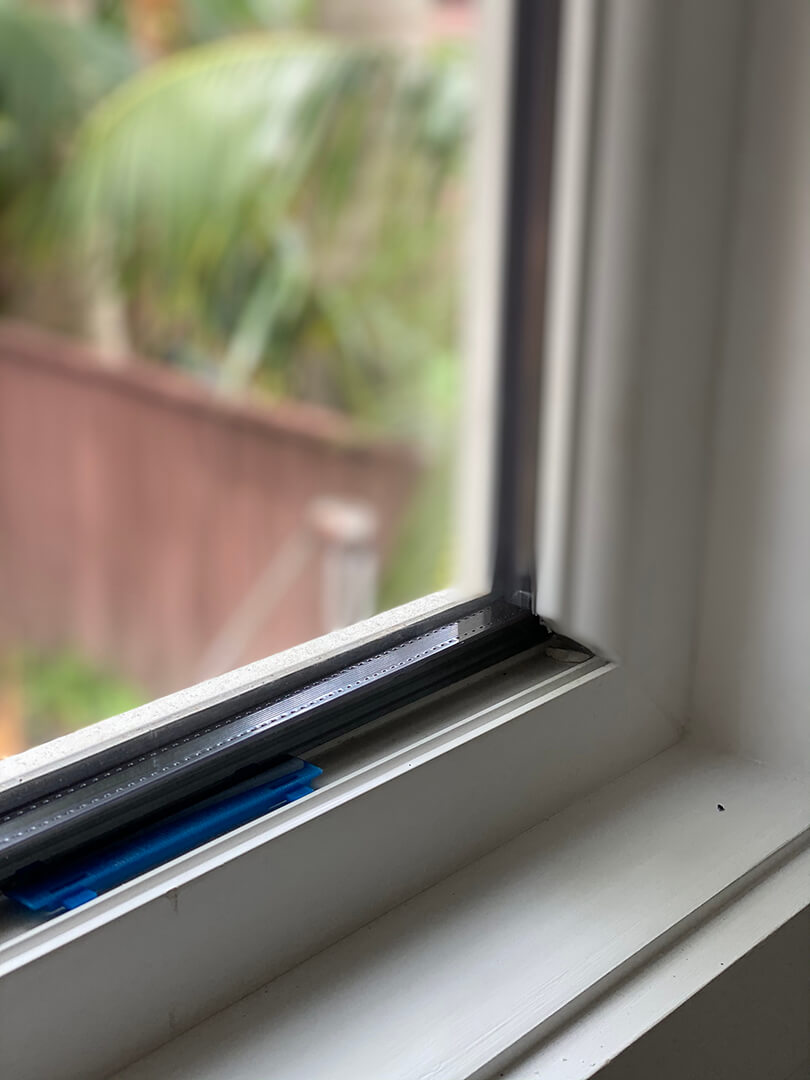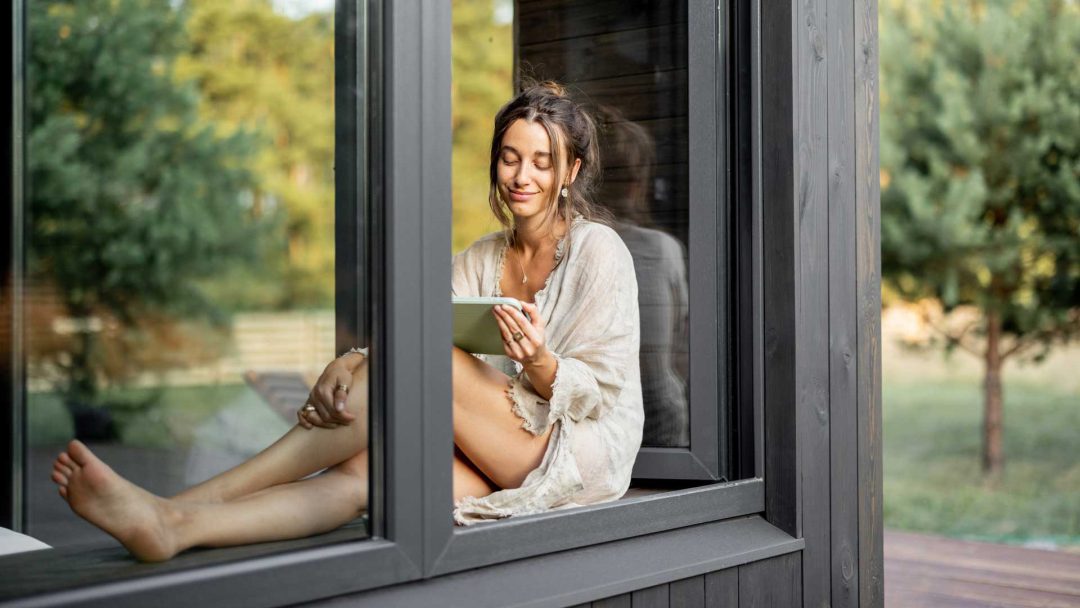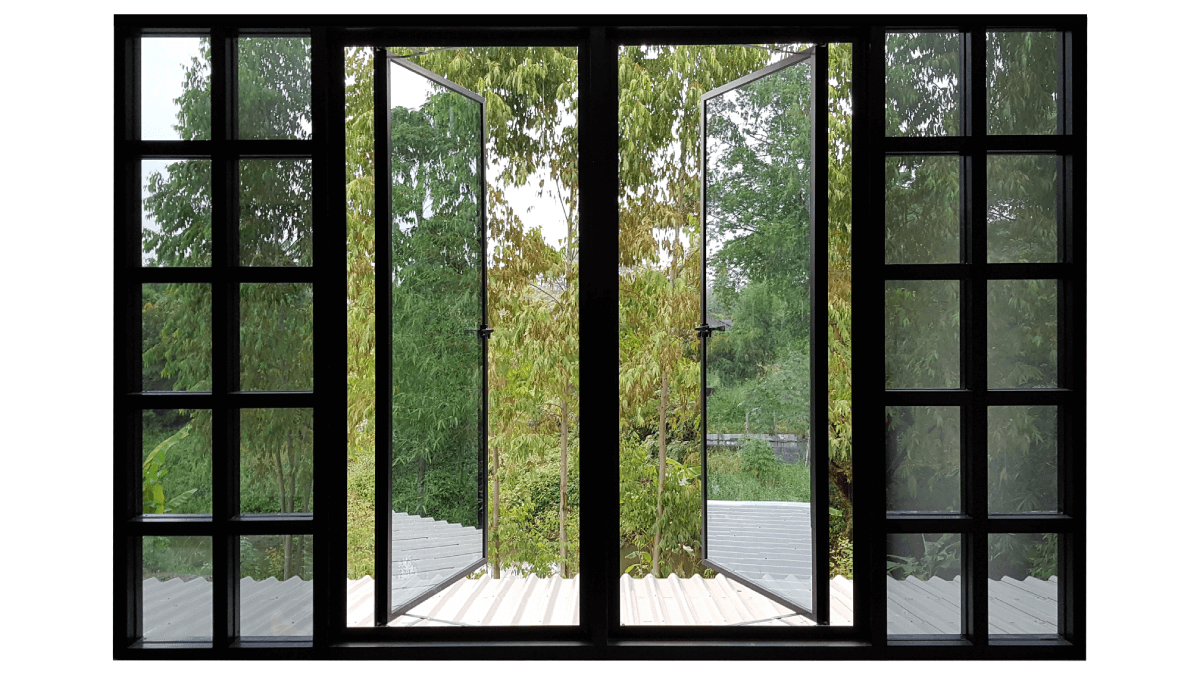All Categories
Featured
Table of Contents
Single, Double Or Secondary Glazing, Which Is The Best ... in Hamilton Hill WA
Laminated glass is often used in areas in the home most vulnerable to injury from human effect such as restrooms, doors, around staircases and in locations near to the floor (it fulfills the requirements of 'safety glass' that is mandated for usage in these areas by Australian Standard AS 1288 Glass in buildings).
Toughened glass has been 'tempered' by being reheated and rapidly cooled again. This process makes it much more powerful than standard glass it can resist greater impact loads prior to breaking. It also makes it safer since, when it does shatter, it gets into many small cubic pieces instead of hazardous shards.
Double Glazing - Albury - Twin Cities Glass in Parkwood WA
Toughened glass has no thermal or acoustic advantages over other glass of the very same toning or density. Secondary glazing is where single-glazed windows are retrofitted with a transparent acrylic or glass sheet connected to the within of the frame or openable sash with a secondary frame or with magnetic strips.


Secondary glazing will not carry out too thermally as a produced IGU, because it is impossible to totally seal the border, but it can offer good sound control. Window movies are a thin polymer movie including a soaking up dye or reflective metal layer, with an adhesive backing. They stick to your glazing to change its colour or make it reflective.
Why Is Double Glazing So Important In Winter? in Cannington Western Australia
Applied to existing glass, some window films can cut in half the general SHGC of the window by absorbing and/or showing solar radiation. This can be especially advantageous in hotter environments where cooling is the primary issue, or on east and west elevations directly exposed to long periods of sunshine. Window films might also reduce visible light transmittance.

For this factor, it is usually best to use a recognized installer of window movie. Frames have a substantial effect on the thermal performance of windows and doors, due to the fact that energy can be gotten and lost through the frame, in addition to through the glass. Different kinds of frame will enable various levels of heat gain and loss, so careful choice of frame is very important for efficient passive design.
Window Glazing For Households - Energy in Kelmscott WA
Nevertheless, aluminium is also an excellent conductor of heat and will reduce the insulating worth of a glazing system, unless particularly engineered to reduce this. A 'thermally broken' frame is comprised of 2 aluminium areas linked by a structural insulator (generally a low-conductivity structural polymer). This 'breaks' the thermal connection through the aluminium and lowers the heat streaming through the frame.
Wood frames are an excellent natural insulator that can fit some home styles. Lumber frames must be made from types that have naturally high toughness or be dealt with to prevent decay and deformation.
What Are Double Glazed Windows? - Build in Hilton Western Australia
(weather removing) is installed.
u, PVC doors and windows have excellent thermal performance Picture: Ben Wrigley (Light House Architecture and Science) Composite frames use aluminium profiles on the outer areas with either a lumber or u, PVC inner section. These integrate the low upkeep and resilience of aluminium with much enhanced thermal performance.
Table of Contents
Latest Posts
The Surprising Benefits Of Double Glazing In The Summer ... in Dalkeith Western Australia
Why Install Stunning Double Glazing Windows During Summer? in Glendalough WA
Double Glazing Windows in Osborne Park Perth
More
Latest Posts
The Surprising Benefits Of Double Glazing In The Summer ... in Dalkeith Western Australia
Why Install Stunning Double Glazing Windows During Summer? in Glendalough WA
Double Glazing Windows in Osborne Park Perth